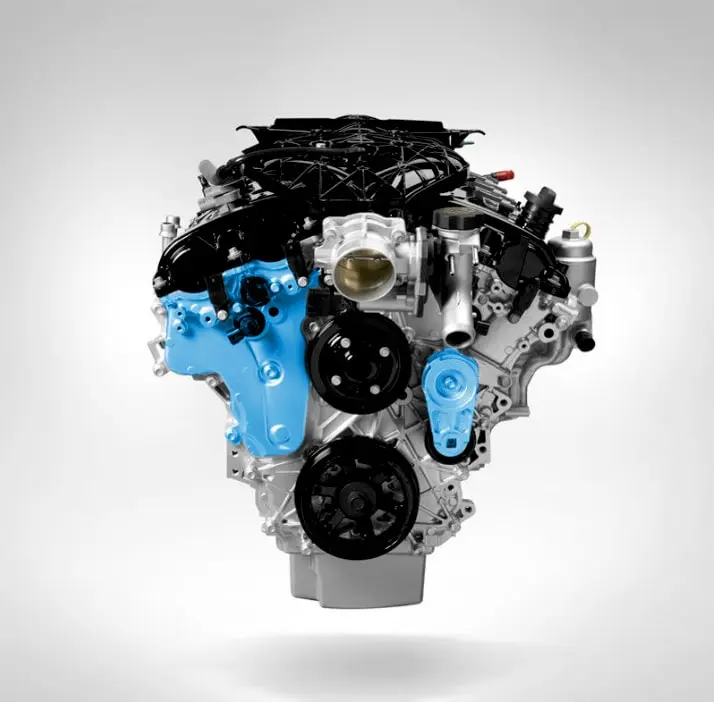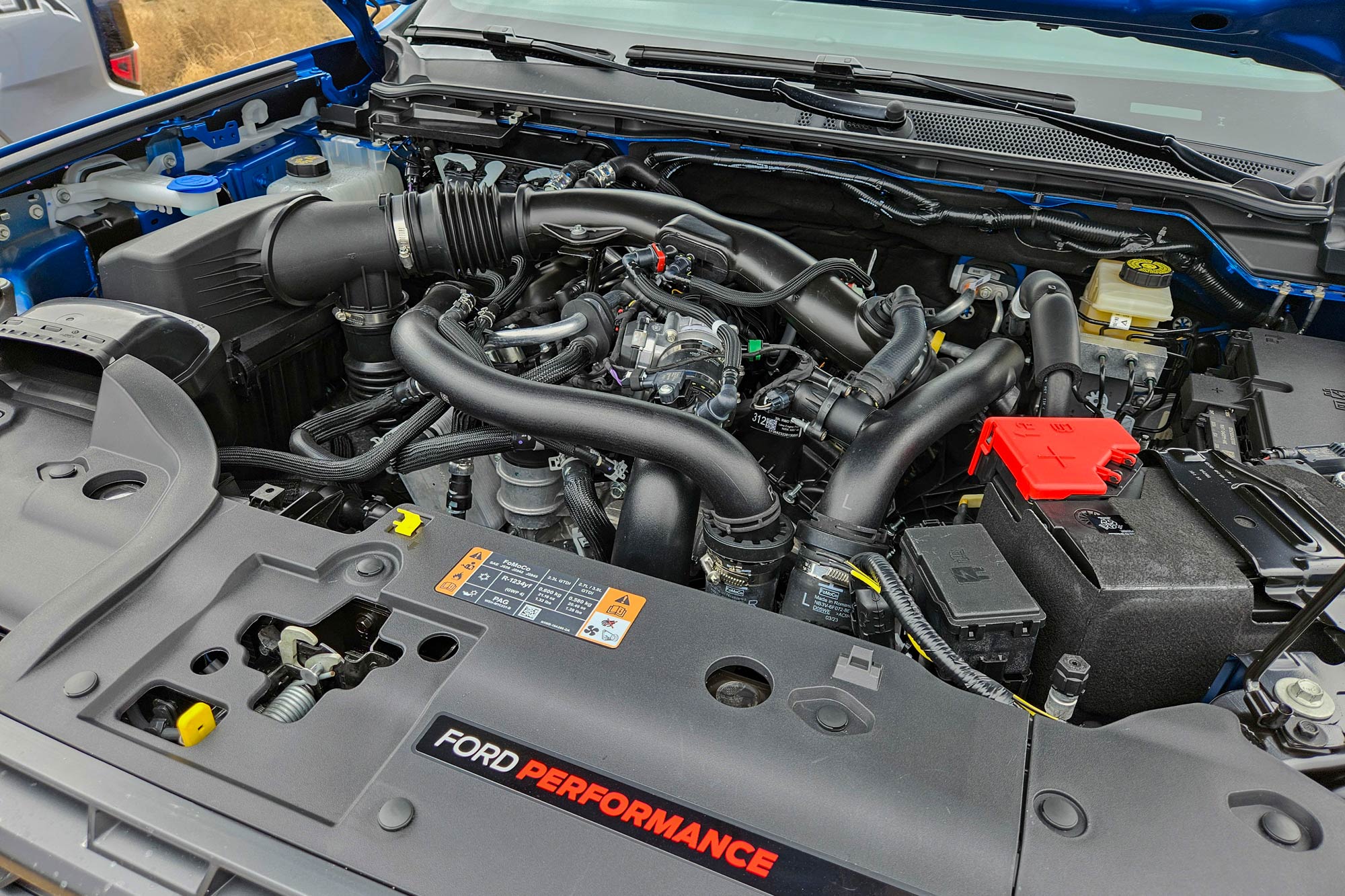Top Benefits of Choosing the 2.2 Ford Ranger Engine for Your Next Pickup
Top Benefits of Choosing the 2.2 Ford Ranger Engine for Your Next Pickup
Blog Article
Recognizing the Fundamentals of Cars And Truck Engines: Kinds, features, and features

Overview of Cars And Truck Engines
A car engine works as the heart of an automobile, transforming gas right into power to propel it forward. This complex system comprises numerous components that operate in unison to ensure optimal efficiency and efficiency. The basic operation of a cars and truck engine entails the internal burning procedure, where gas and air are blended, stired up, and eliminated to produce power.
The engine's style can dramatically affect its performance, gas efficiency, and exhausts. Secret parts include the cyndrical tube block, pistons, crankshaft, and camshaft, each playing a critical role in the engine's total feature. The cyndrical tube block houses the cyndrical tubes where burning occurs, while the pistons transform the eruptive power from combustion into linear movement. This activity is then transformed into rotational energy by the crankshaft, enabling the lorry's wheels to turn.
In addition to these parts, engines often make use of various systems such as fuel injection, ignition, and cooling down systems to boost performance and long life. Recognizing the fundamental technicians of automobile engines is important for diagnosing problems and doing upkeep, inevitably adding to the car's integrity and performance in time.

Sorts Of Cars And Truck Engines
Car engines can be classified into several kinds based upon their style, fuel kind, and functional concepts. 2.2 ford ranger engine. One of the most usual groups include inner combustion engines (ICE), electrical engines, and crossbreed engines
Internal combustion engines, which can be additional split into gas and diesel motor, operate by firing up a fuel-air combination to generate power. Gas engines are generally lighter and smoother, while diesel engines are more fuel-efficient and deal higher torque.
Electric engines use electrical energy saved in batteries to power an electric motor, supplying instant torque and zero discharges throughout operation. As technology developments, electrical automobiles (EVs) are increasingly becoming preferred for their environmental benefits and lower running expenses.
Crossbreed engines combine components of both interior burning and electrical engines, enabling versatile power resources and boosted gas efficiency. They can run in various modes, utilizing either the gasoline engine, the electrical motor, or both all at once.
Each sort of engine has unique benefits and downsides, influencing their application in different lorry types and market segments, from compact cars to durable trucks. Understanding these kinds is essential for making informed decisions pertaining to automobile selection and efficiency assumptions.
Engine Functions Explained
Comprehending engine features is crucial for realizing exactly how automobiles run effectively. At the core of any type of inner combustion engine exists the basic procedure of converting fuel into power. This process starts with the consumption stroke, where air and gas are attracted into the combustion chamber. Following this, the compression stroke compresses the air-fuel mix, increasing its temperature level and stress.
The ignition happens following, sparking the mixture and creating a fast growth of gases. This pressure drives the piston down throughout the power stroke, click this site which ultimately translates into the rotational motion of the crankshaft. The exhaust stroke then removes the invested gases from the chamber, giving way for a brand-new cycle to begin.
Along with these main features, engines likewise include systems that take care of cooling and lubrication, making sure ideal functional temperatures and reducing rubbing in between moving parts. This complex interaction of features allows the engine to produce the power essential for vehicle propulsion while preserving effectiveness and reliability. Recognizing these functions provides valuable understanding right into the intricacies of vehicle design and enhances the capability to detect and deal with engine-related concerns successfully.
Key Engine Features
Engine layout incorporates a number of crucial functions that substantially influence efficiency, longevity, and efficiency. One of the most essential aspects is the engine configuration, which consists of inline, V-type, and level designs. Each configuration affects the engine's balance, power, and size result, thus affecting general automobile dynamics.
An additional necessary attribute is the engine displacement, describing the overall quantity of all cylinders. Bigger displacements commonly produce more power however may endanger fuel effectiveness. Engine products likewise play a critical role; high-strength and lightweight products, such as aluminum and magnesium alloys, boost efficiency without adding excessive weight.
The sort of gas injection system used-- such as multi-port or direct shot-- affects combustion effectiveness and exhausts. Turbocharging and turbo charging are features that improve engine efficiency by requiring extra air right into the combustion chamber, boosting power output without considerably increasing engine size.
Lastly, the existence of innovative engine administration systems enhances fuel-air mix and ignition timing, adding to smoother operation and much better gas economic climate. Jointly, these features site define an engine's abilities, setting the foundation for its performance and longevity in an affordable auto landscape.
Upkeep Tips for Engines
Appropriate engine maintenance is critical for ensuring ideal performance and longevity, as neglecting regular care can bring about substantial issues down the line. To keep your engine efficiently, begin with routine oil adjustments, generally every 3,000 to 7,500 miles, relying on the type of oil used. Fresh oil lubricates engine elements, minimizing friction and wear.
Furthermore, checking coolant levels is crucial to stop getting too hot. Guarantee that click here for info the coolant is topped up and is in excellent condition to preserve efficient temperature regulation. Routinely replace and evaluate air and fuel filters, as blocked filters can impede airflow and gas delivery, compromising engine effectiveness.
Moreover, focus on ignition system and ignition systems. Faulty or worn ignition system can lead to misfiring and decreased efficiency. Examining the battery terminals and links for rust is additionally necessary, as a weak battery can influence engine starting.

Conclusion
In recap, an extensive understanding of cars and truck engines includes numerous types, features, and essential features that substantially affect vehicle efficiency. Interior combustion engines, along with electrical and hybrid choices, show varied mechanisms for energy conversion. 2.2 ford ranger engine. Acknowledging the necessary features, such as consumption and exhaust cycles, along with critical engine attributes like arrangement and fuel injection systems, gears up cars and truck owners with the knowledge necessary for efficient maintenance and operation, inevitably improving lorry long life and efficiency
A vehicle engine serves as the heart of an automobile, transforming fuel into mechanical power to move it ahead. The essential procedure of an automobile engine entails the inner combustion process, wherein gas and air are combined, sparked, and gotten rid of to develop power.
Regularly examine and replace air and fuel filters, as clogged filters can impede air movement and fuel distribution, jeopardizing engine efficiency. - 2.2 ford ranger engine
In recap, an extensive understanding of vehicle engines encompasses various kinds, features, and crucial attributes that dramatically influence vehicle performance. Acknowledging the important functions, such as consumption and exhaust cycles, alongside crucial engine features like configuration and fuel injection systems, outfits automobile proprietors with the expertise essential for reliable upkeep and operation, inevitably enhancing vehicle longevity and performance.
Report this page